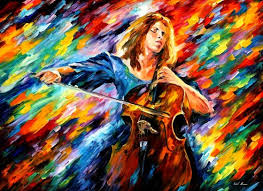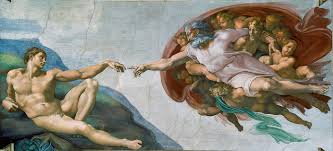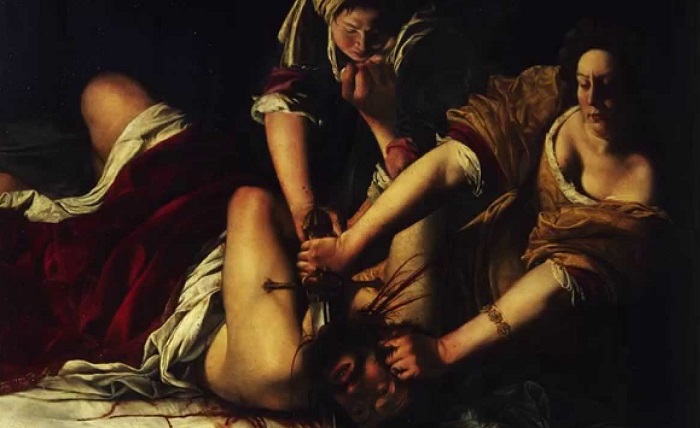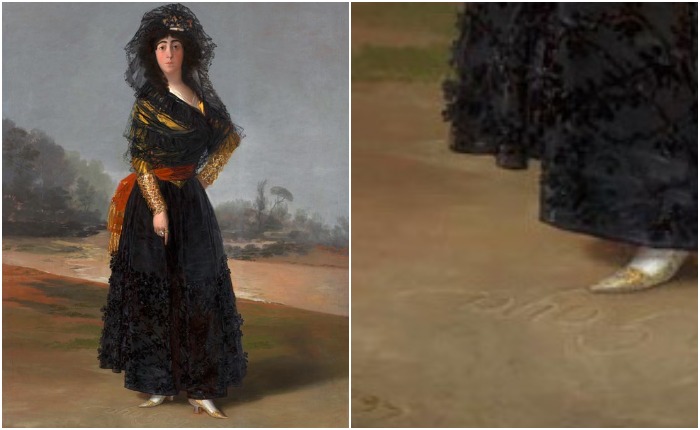tanya
3 curious facts about famous works of art
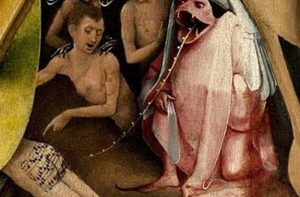 Different people perceive works of art differently, and the viewer’s point of view can radically differ from what the artist himself put into his work. And many famous paintings have interesting stories that allow you to look at a picture or sculpture from a completely new perspective.
Different people perceive works of art differently, and the viewer’s point of view can radically differ from what the artist himself put into his work. And many famous paintings have interesting stories that allow you to look at a picture or sculpture from a completely new perspective.
1. Manneken Pis
Those who have ever been to Brussels must have seen one of Belgium’s most notable attractions – the Manneken Pis sculpture. As the name suggests, she portrays a little boy pissing in a fountain. Archival records show that the original sculpture was installed in 1388. Then it was a stone statue that served as a public fountain, but it was either destroyed or stolen at some point. The “Manneken Pis” in its current form was designed and installed by the Flemish sculptor Jerome Duchenoy in 1619. Continue reading
The family of artists da Vezzo: How the artist was destined for an early death, and her husband – fame and a new marriage
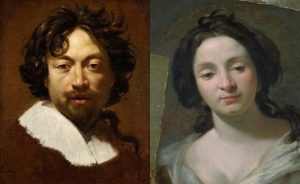 The happiness of family life and the happiness of self-realization in one’s beloved business are eternal values that existed back in the days of the Ottoman sultans and musketeer swords. True, what has become the norm in the modern world was once a rarity and a great success. Simon and Virginia Vue worked side by side, helping each other in creativity and at the same time enjoying family happiness – and this is an example as beautiful as short-lived.
The happiness of family life and the happiness of self-realization in one’s beloved business are eternal values that existed back in the days of the Ottoman sultans and musketeer swords. True, what has become the norm in the modern world was once a rarity and a great success. Simon and Virginia Vue worked side by side, helping each other in creativity and at the same time enjoying family happiness – and this is an example as beautiful as short-lived.
Simon Vue and his steps to success
The fate and vocation of Simon Vue lined up quite predictably. Continue reading
Secrets of self-portraits of famous artists: Reflection in the mirror, portrait-bacon and other oddities
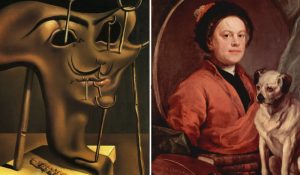 Self-portrait in most cases is an instrument of narcissism, an attempt to leave your image in eternity. But if a genius takes up the matter, his image on canvas can turn into a real masterpiece, which not only perpetuates the appearance of the master, but also puzzles, surprises, fascinates the viewer. For centuries, some of these self-portraits have been knocked out of the familiar notion of this genre, while not losing either their fans or the attention of researchers.
Self-portrait in most cases is an instrument of narcissism, an attempt to leave your image in eternity. But if a genius takes up the matter, his image on canvas can turn into a real masterpiece, which not only perpetuates the appearance of the master, but also puzzles, surprises, fascinates the viewer. For centuries, some of these self-portraits have been knocked out of the familiar notion of this genre, while not losing either their fans or the attention of researchers.
1. Jan van Eyck, “Portrait of the Arnolfini Couple” Continue reading
